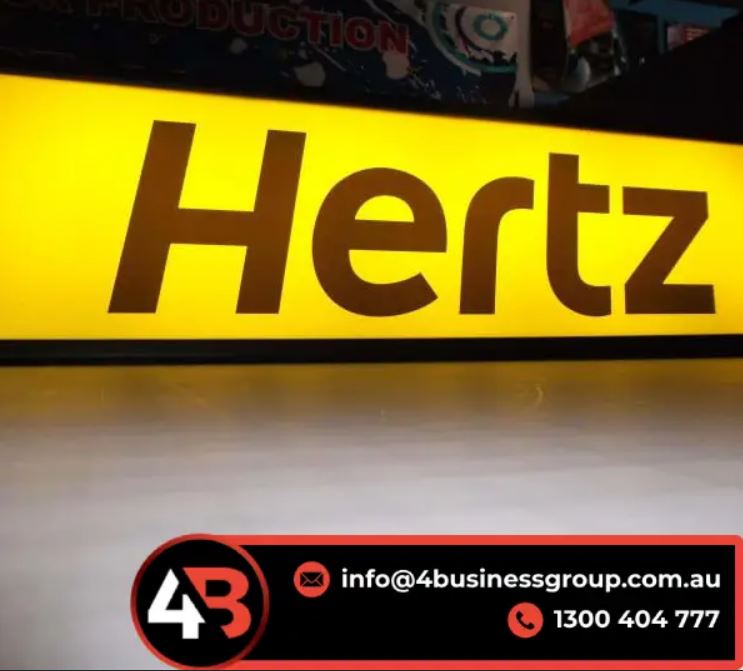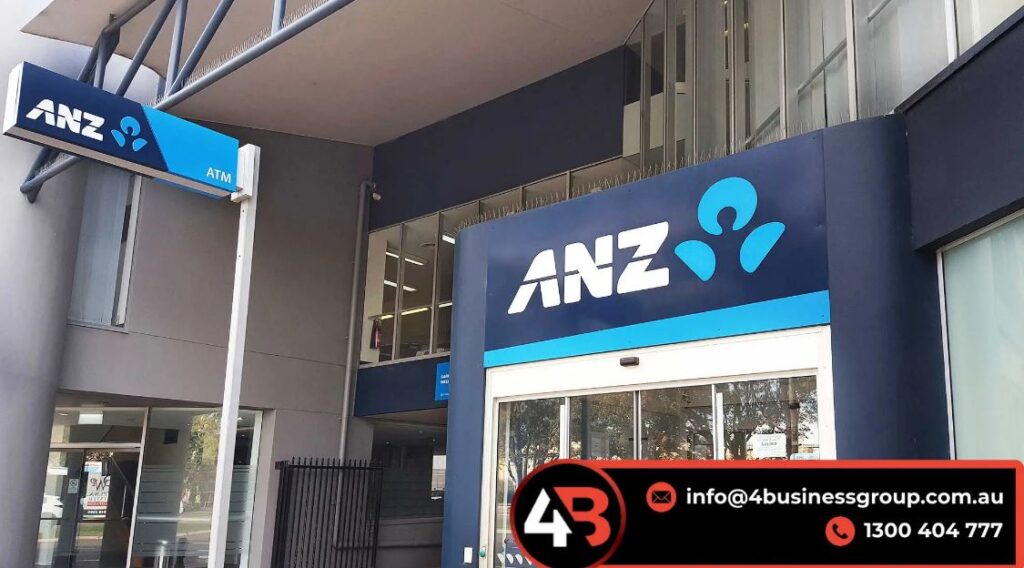How Can You Design Effective Building Signage?
In an increasingly competitive marketplace, the design of your building signage is more critical than ever. Effective signage not only helps identify your business but also communicates your brand message, engages customers, and enhances the overall aesthetic of your building.
Introduction
Building signage serves as a vital touchpoint between your business and potential customers. It’s often the first interaction a person has with your brand, making it essential to get it right. Well-designed signage can create a lasting impression, guide customers, and help establish your brand identity. However, achieving effective signage requires careful planning and thoughtful design.

Benefits of Effective Building Signage
1. Brand Recognition
Effective building signage enhances brand recognition. Consistent use of logos, colors, and design elements reinforces your brand identity. When people see your signage regularly, they are more likely to remember your business and choose it over competitors.
2. Increased Visibility
Strategically designed signage captures attention and increases visibility. A well-placed, eye-catching sign can draw in foot traffic, especially in high-traffic areas. This visibility is crucial for attracting new customers and promoting your business.
3. Customer Guidance
Signage plays a significant role in guiding customers. Clear, informative signs can help visitors navigate your building or property, making it easier for them to find what they’re looking for. This improved experience can lead to increased customer satisfaction.
4. Cost-Effective Marketing
Once installed, building signage acts as a continuous advertisement for your business. Unlike online ads or print media, which require ongoing costs, a good sign can generate visibility and awareness without recurring expenses.
5. Professional Image
High-quality signage conveys professionalism and attention to detail. A well-designed sign reflects positively on your business, instilling trust and confidence in potential customers.
Types of Building Signage
Understanding the different types of building signage can help you choose the right options for your business needs.
1. Monument Signs
Monument signs are typically freestanding structures that provide information about your business. They can be customized with logos and are often used for office parks or complexes.
2. Wall Signs
Wall signs are attached directly to the building’s facade. They can be made from various materials, including metal, acrylic, or wood, and can serve as both branding and directional signage.
3. Window Signs
Window signs are displayed in or on windows, showcasing business hours, promotions, or services. They can be made from vinyl decals or printed materials and can be easily updated.
4. Directional Signs
Directional signs help guide customers to entrances, exits, and specific areas within a building or complex. They are crucial for enhancing the visitor experience, especially in larger properties.
5. Digital Signs
Digital signage offers dynamic displays that can change content frequently. This type of signage is effective for showcasing promotions, announcements, or real-time information and can attract attention through motion and vibrant visuals.

FAQs
1. What factors should I consider when designing my signage?
Key factors include readability, color contrast, font choice, material durability, and the location of the sign. It’s crucial to ensure your signage is visible from a distance and aligns with your brand identity.
2. How do I choose the right materials for my signage?
Consider the location and environmental factors. For outdoor signs, materials like metal, acrylic, or weather-resistant composites are ideal for durability. For indoor signage, options may include wood, plastic, or glass.
3. Is there a specific size I should aim for?
Size will depend on the location and purpose of the sign. A general rule is that signage should be large enough to be read from a distance, with letters typically measuring at least 6 inches for optimal visibility.
4. How can I ensure my signage complies with local regulations?
Check with your local municipality or zoning office to understand any regulations related to signage size, placement, and illumination. Compliance is crucial to avoid fines and ensure the sign remains in place.
5. Can professional help improve my signage design?
Absolutely! Working with a professional signage company can provide valuable insights into effective design, material selection, and compliance with regulations. They can also help ensure your signage aligns with your brand identity.
Conclusion
Designing effective building signage is a crucial step in enhancing your business’s visibility and brand recognition. By understanding the benefits and types of signage, and carefully considering key design factors, you can create a sign that resonates with your target audience. If you’re looking for expertise to elevate your building signage, consider reaching out to Signage 4Business Group. Their professional team can help ensure your signage not only meets your business needs but also creates a lasting impression. Investing in quality signage is investing in your business’s future.
